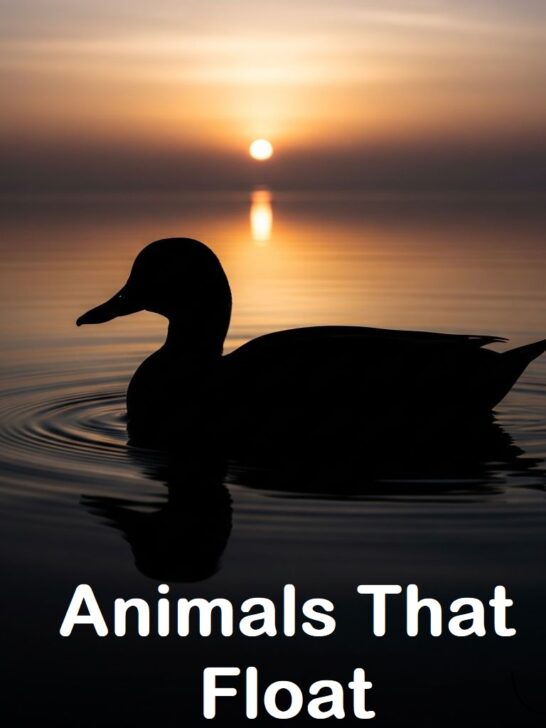Floating—the effortless act of remaining at the surface of water—is a remarkable adaptation seen across the animal kingdom. This phenomenon isn’t limited to familiar creatures like ducks or swans; it encompasses a rich array of species, from minuscule insects to majestic mammals, each exploiting the physics of buoyancy in distinct ways. Let’s dive into the world of animals that float, exploring the science behind their adaptations, and highlighting fascinating members of this unique club.
Post Contents
- Understanding Buoyancy: Why Do Animals Float?
- 1. Buoyant Birds
- 2. Remarkable Mammals that Float
- 3. Floating Reptiles and Amphibians
- 4. Floating Fish and Aquatic Creatures
- 5. Floating Insects and Spiders
- 6. Lesser-Known Floaters
- The Unified Science Behind Buoyancy
- Adaptations for Life at the Water’s Surface
- The Ecological Significance of Floating
- Floating vs. Swimming: What’s the Difference?
- Examples of Animals That Float
- Final Thoughts
- Citations:
Understanding Buoyancy: Why Do Animals Float?
Before showcasing the diverse animals that float, it’s essential to grasp the underlying principle: buoyancy. An animal floats when the upward force of water equals or exceeds its weight. This is governed by Archimedes’ Principle—any object partly or wholly immersed in a fluid experiences an upward force equal to the weight of the fluid displaced.
Key factors affecting buoyancy in animals:
- Density: If an animal’s overall body density is less than water, it floats.
- Body Structure: Features like air spaces, blubber, or lightweight bones decrease density.
- Surface Adaptations: Hydrophobic (water-repellent) coatings, specialized limbs, or anatomical features spread weight and enhance flotation.
- Behavior: Some animals use air-swallowing or store gas in specialized structures to remain afloat.
A wide array of animals have evolved unique adaptations enabling them to float or skim atop water.
Buoyant birds like ducks, swans, geese, seagulls, albatrosses, pelicans, and terns possess waterproof, oily feathers and trap air in their plumage for enhanced buoyancy. Their webbed feet help them glide effortlessly.
Some mammals—such as dolphins, whales, seals, sea otters, and hippos—use a combination of blubber, streamlined bodies, air-filled lungs, or dense fur for insulation and floating. Sea otters even wrap themselves in kelp, while hippos employ subcutaneous fat and controlled breathing.
Reptiles and amphibians, turtles utilize air-filled shells and lungs, while crocodilians use lung volume control for stealthy floating. In the aquatic world, plankton’s tiny, blobby forms keep them buoyant, while jellyfish drift with currents.
Insects and spiders like water striders and fishing spiders exploit surface tension and hydrophobic legs. Lesser-known floaters include water snails, which trap air, and certain lizards like bearded dragons and pygmy geckos, which use flattened bodies or water-repellent skin for temporary flotation.
1. Buoyant Birds
Water-loving birds are, perhaps, the most emblematic floaters—well-known for their effortless gliding atop ponds, lakes, wetlands, and ocean waves. They combine physical adaptation and behavioral finesse to remain buoyant and agile.
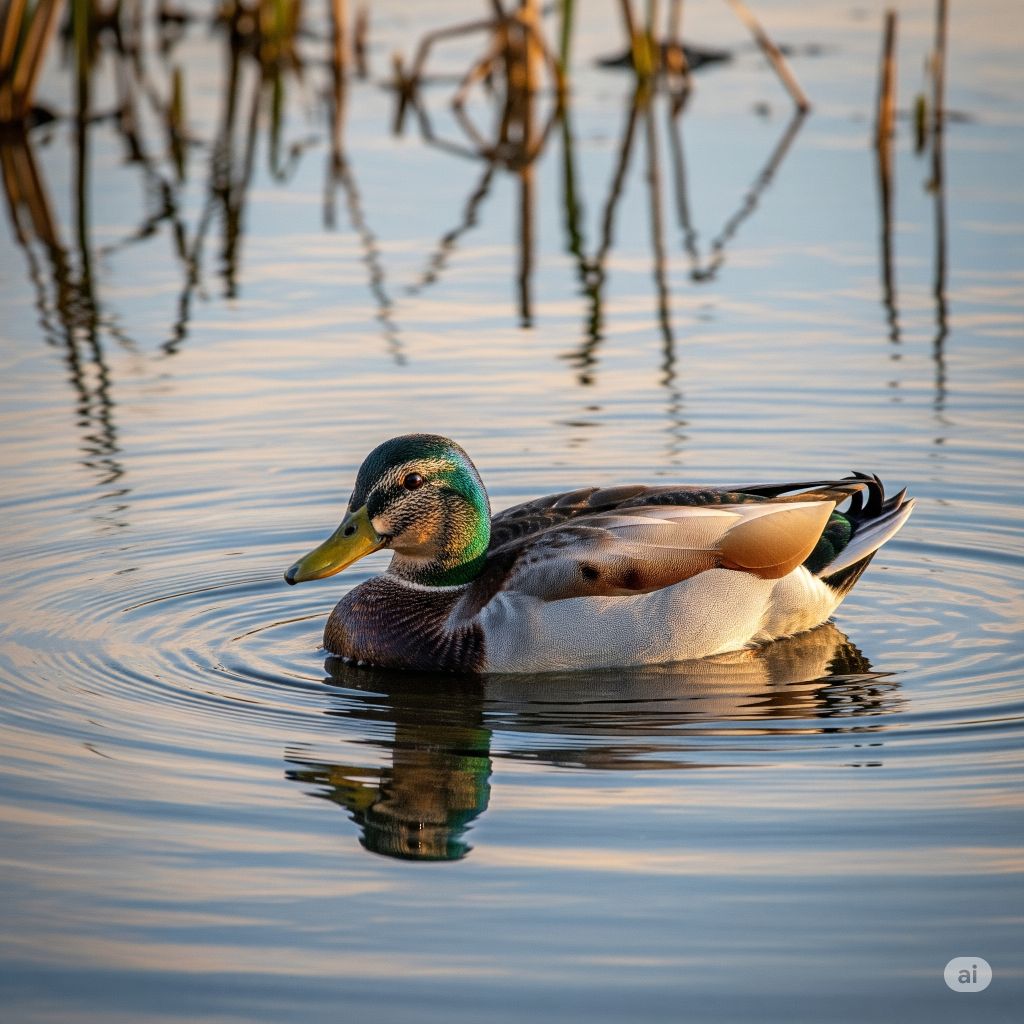
Ducks, Swans, and Geese: Masters of the Pond
The buoyancy of ducks, swans, and geese is legendary. These birds spend much of their lives on water, moving seemingly without effort. Their bodies have developed several ingenious adaptations:
- Oily Feathers: These birds possess a uropygial gland near the base of their tails, which secretes oil. They spread this oil over their feathers while preening. The waterproofing prevents feathers from becoming waterlogged, maintaining an insulating barrier and keeping inner feathers dry.
- Air Trapping Plumage: Their feather structure, especially the downy underlayer, traps air close to the body. This not only insulates against the cold but forms countless microscopic air pockets, increasing overall buoyancy.
- Webbed Feet: Webbed feet act like paddles, enabling them to propel efficiently while bobbing atop the surface with minimal effort.
- Body Design: Their broad, buoyant bodies and relatively low weight compared to volume mean they displace enough water to float easily.
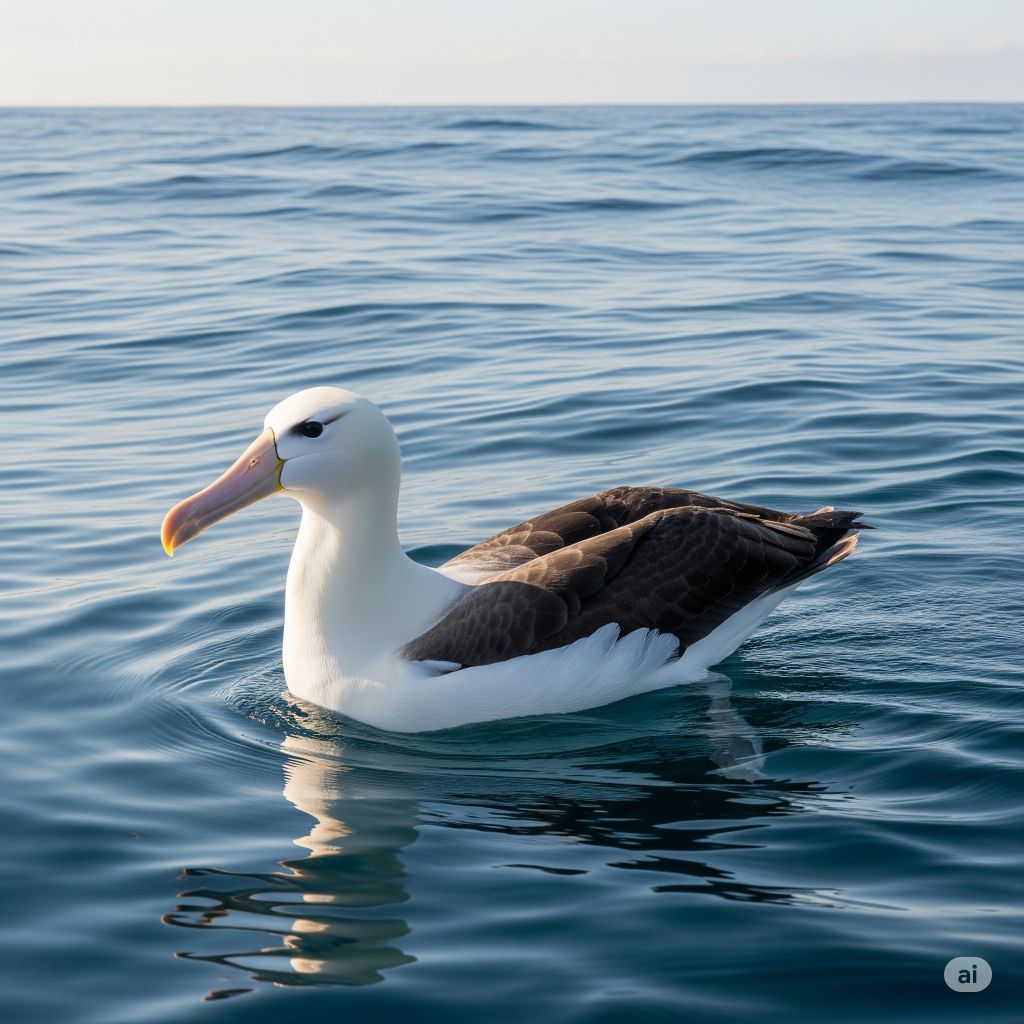
Seagulls, Albatrosses, Pelicans, and Terns
While famous for their aerial abilities, these seabirds also rely heavily on floating. They often rest, forage, or wait for prey while remaining on the water.
- Waterproof Plumage: Like pond birds, their feathers are coated with oil, making them highly water-repellent.
- Large, Air-Filled Cavities: Air sacs within their bodies, part of their efficient respiratory system, increase buoyancy and assist with both floating and flight.
- Body Shape: Their elongated, streamlined forms help them bob smoothly amid ocean swells, providing stability even in rough conditions.
2. Remarkable Mammals that Float
Mammals present some of the most formidable adaptations for life on and below the water. Buoyancy in mammals involves not just skin and body design, but also physiological controls over lung function and internal fat reserves.
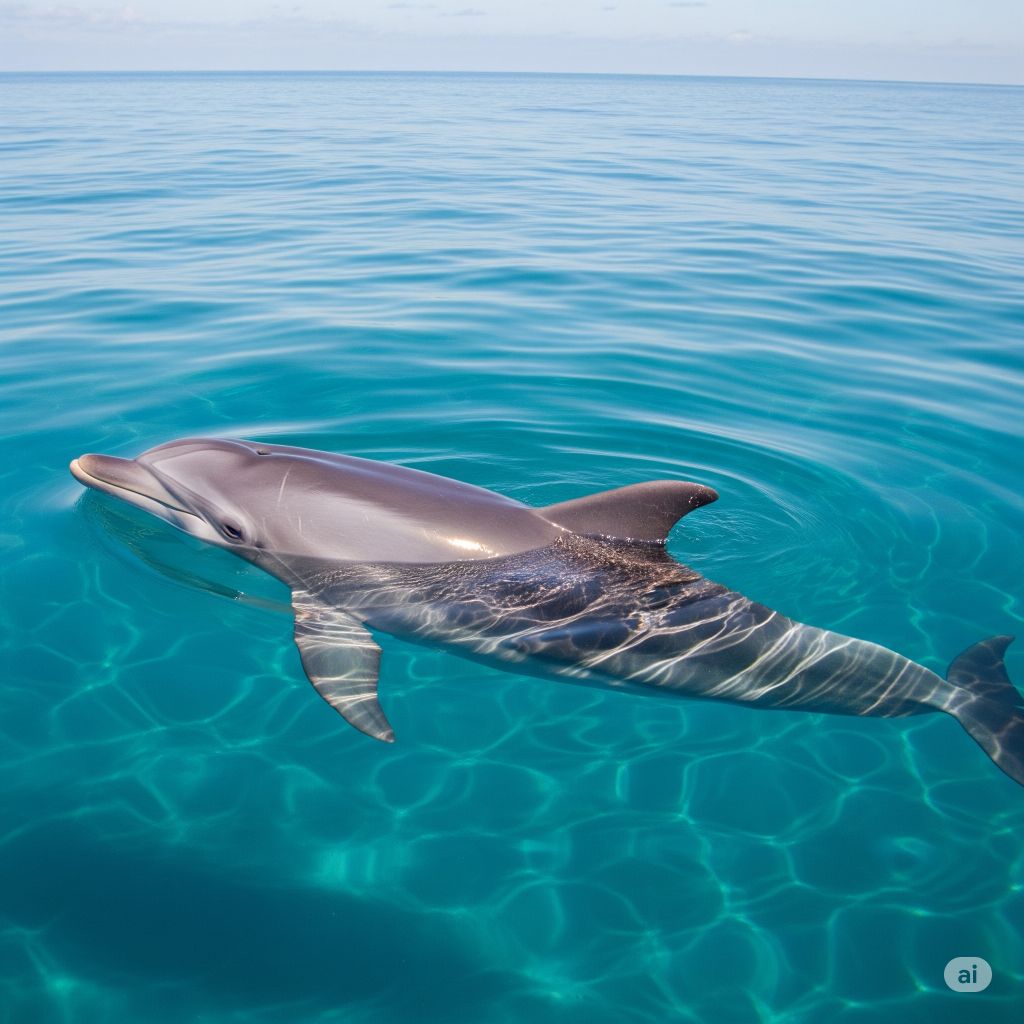
Dolphins: Streamlined and Precise
Dolphins showcase a harmonious blend of biological engineering:
- Streamlined Bodies: Their torpedo-like shape reduces drag, helping them glide through or float atop water.
- Blubber: This thick, fatty layer lies just beneath the skin and is crucial for buoyancy. Blubber is less dense than water and adds insulation against cold.
- Lung Capacity and Control: Dolphins can adjust the volume of their lungs, taking rapid breaths to precisely manage buoyancy, whether floating effortlessly or diving swiftly.
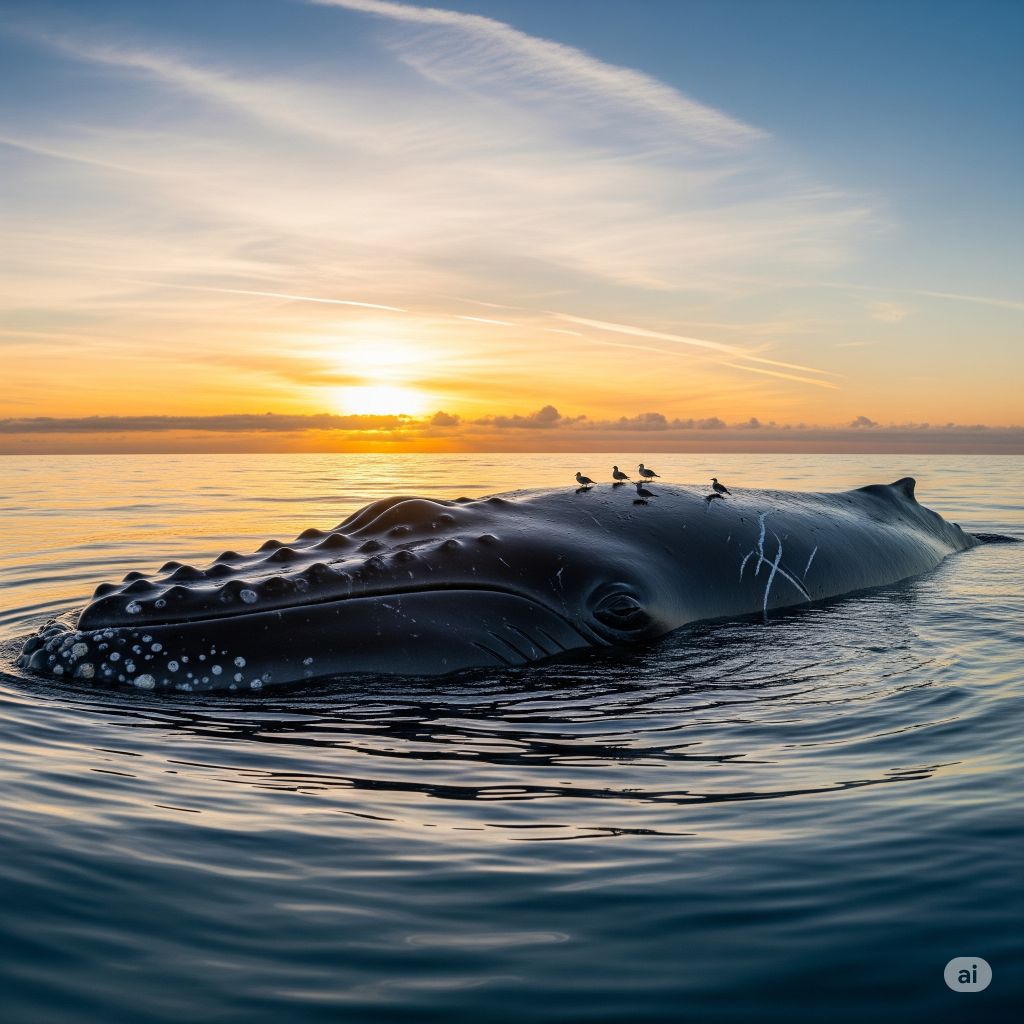
Whales and Seals: Giants of the Sea
Whales, seals, and sea lions are bulkier but equally buoyant:
- Huge Lungs: Massive lung volumes allow these animals to hold large amounts of air, providing significant positive buoyancy.
- Extensive Blubber: This soft, fat-rich tissue enables them to float and insulates from icy seas.
- Energy Conservation: Floating on the surface between dives allows these mammals to rest, socialize, or care for young without expending energy.
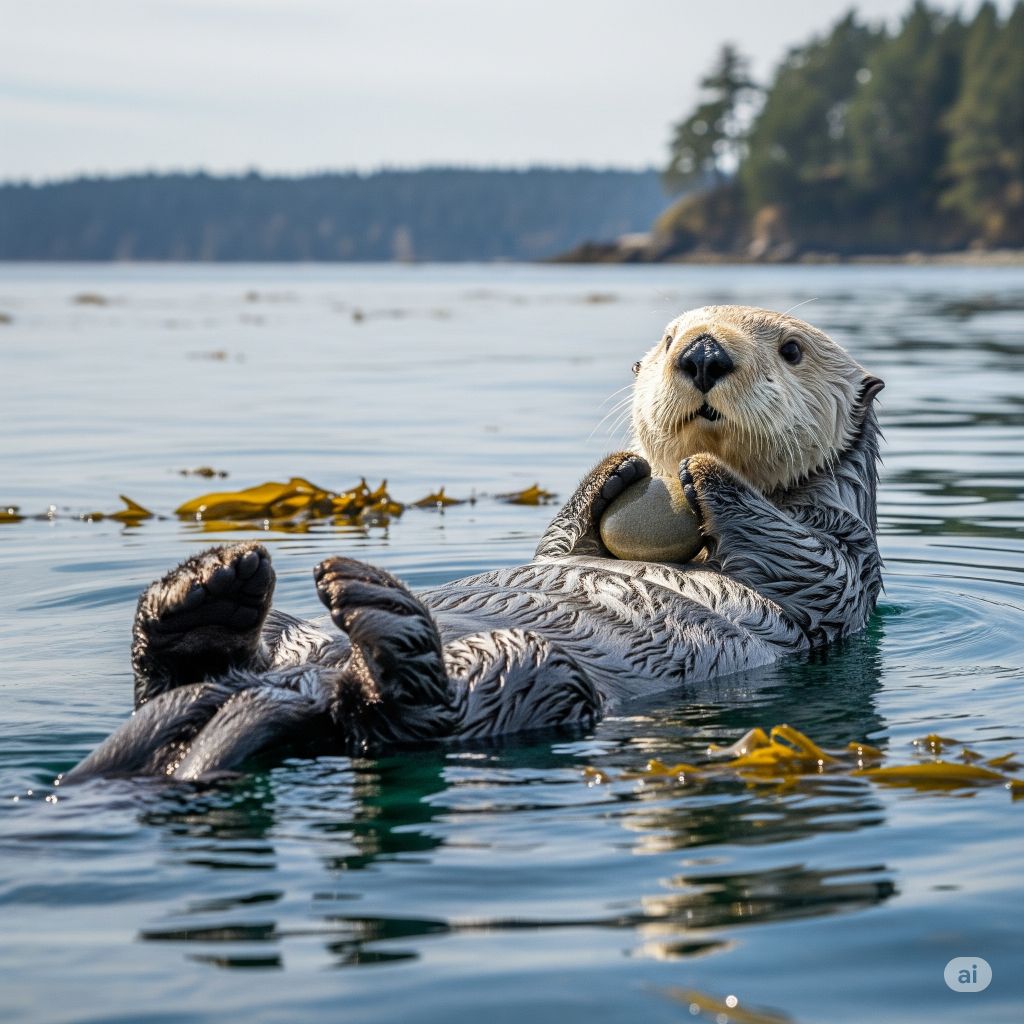
Sea Otters: The Fluffy Floaters
Among the most endearing sights in nature is a raft of sea otters lounging belly-up:
- Ultra-Dense Fur: Rather than blubber, otters rely on incredibly dense fur—up to 1 million hairs per square inch—which traps air and ensures buoyancy.
- Behavioral Adaptations: Sea otters wrap themselves in kelp to anchor in place and prevent drifting while napping or feeding.
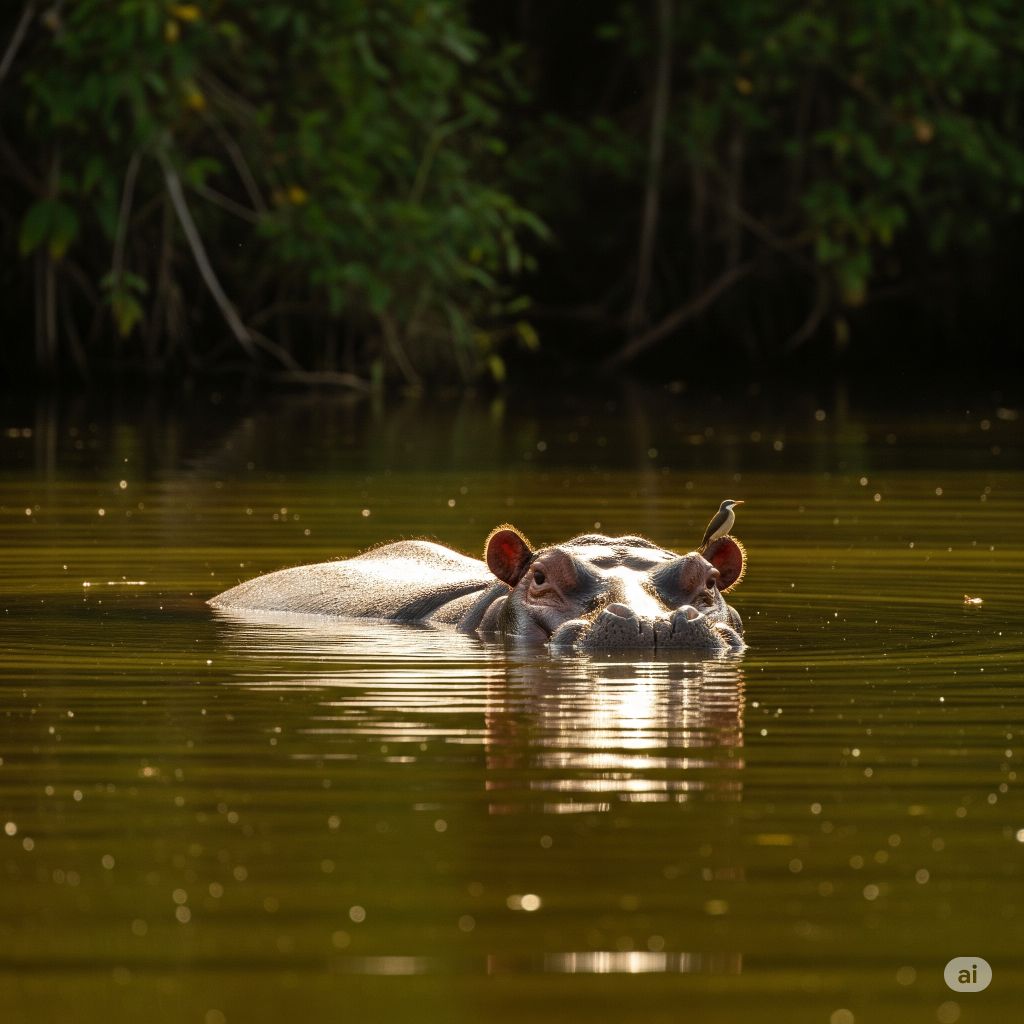
Hippos: The River Giants
Hippos, despite their bulk, are surprisingly adept at floating and resting in water:
- Natural Buoyancy: Hippos have a unique balance of body fat, muscle, and bone that lets them float or submerge at will.
- Subcutaneous Fat: This fat helps augment floating while providing insulation.
- Unique Breathing Rhythm: Hippos can sleep underwater, automatically rising to breathe without waking.
3. Floating Reptiles and Amphibians
Many reptiles and amphibians rely on water for at least part of their lives. Their floating strategies reveal surprisingly sophisticated adaptations.
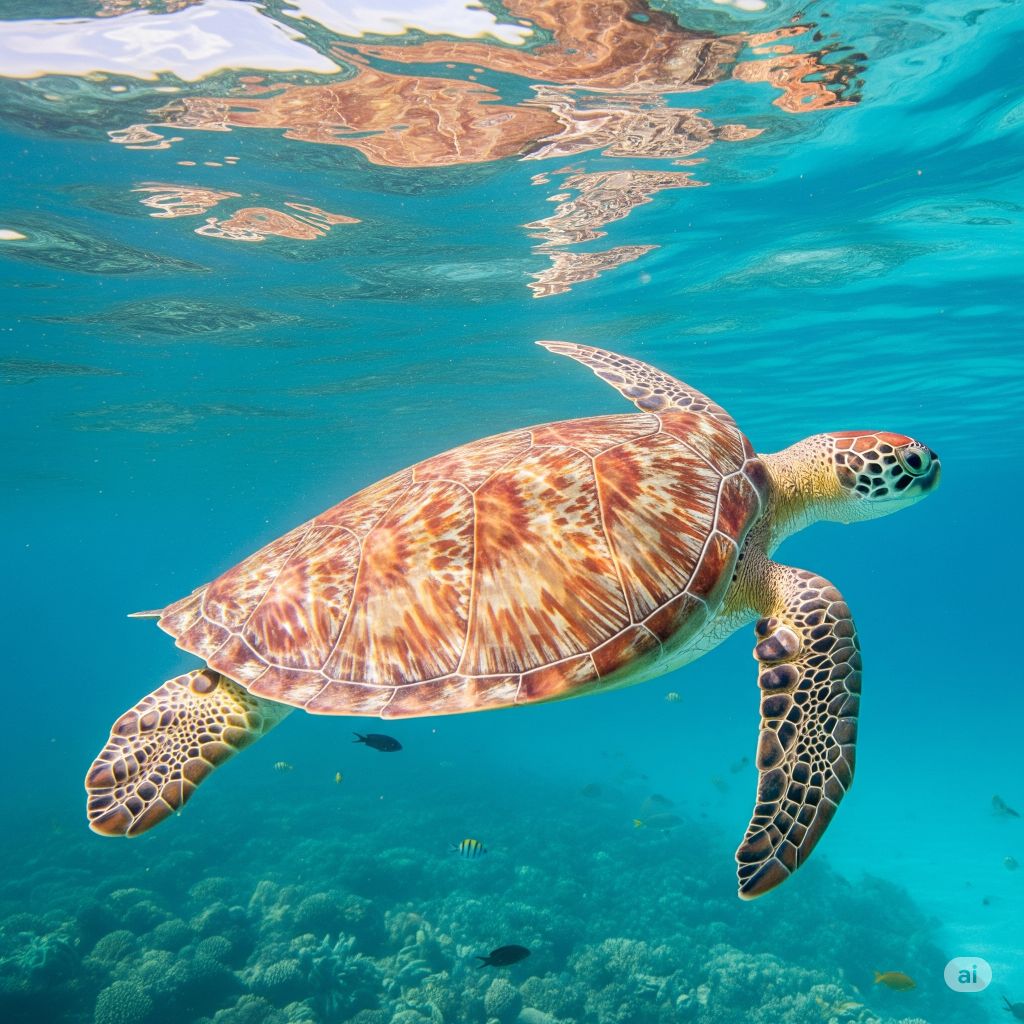
Turtles: Buoyant Journeyers
Both freshwater and sea turtles have developed features for easy floating and long-distance travel:
- Lightweight, Air-Filled Lungs: Situated high in their shells, these lungs not only allow breathing but also act as flotation devices.
- Shell Shape: Aquatic turtles have flatter, more hydrodynamic shells, which aid both swimming and floating.
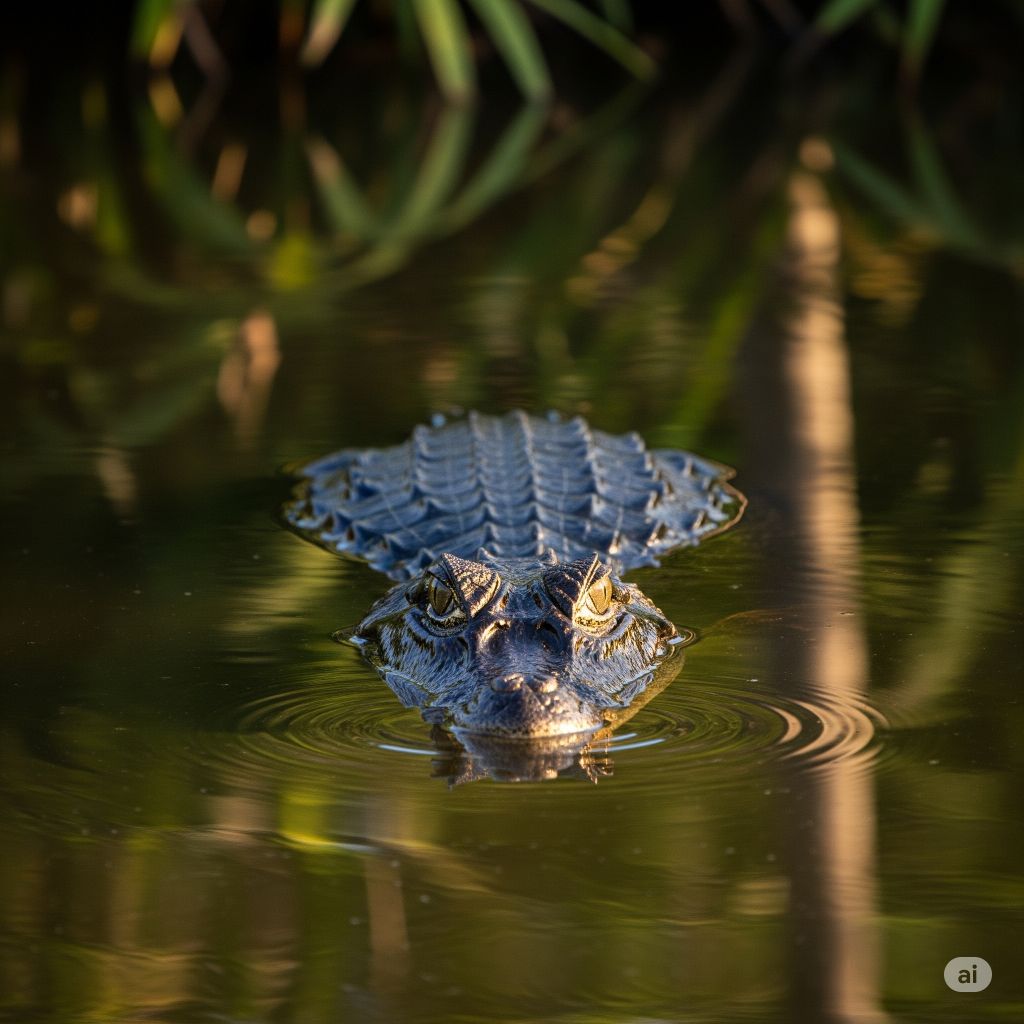
Crocodilians: Stealthy Floaters
Crocodiles and alligators exude an uncanny stillness, often lurking with only eyes and nostrils above water:
- Controlled Lung Inflation: By adjusting air in their lungs, crocodilians floateffortlessly or sink with stealth as needed.
- Heavy Bodies, Yet Buoyant: Their bulk is offset by the strategic use of air, which is particularly crucial for ambush hunting at the surface.
4. Floating Fish and Aquatic Creatures
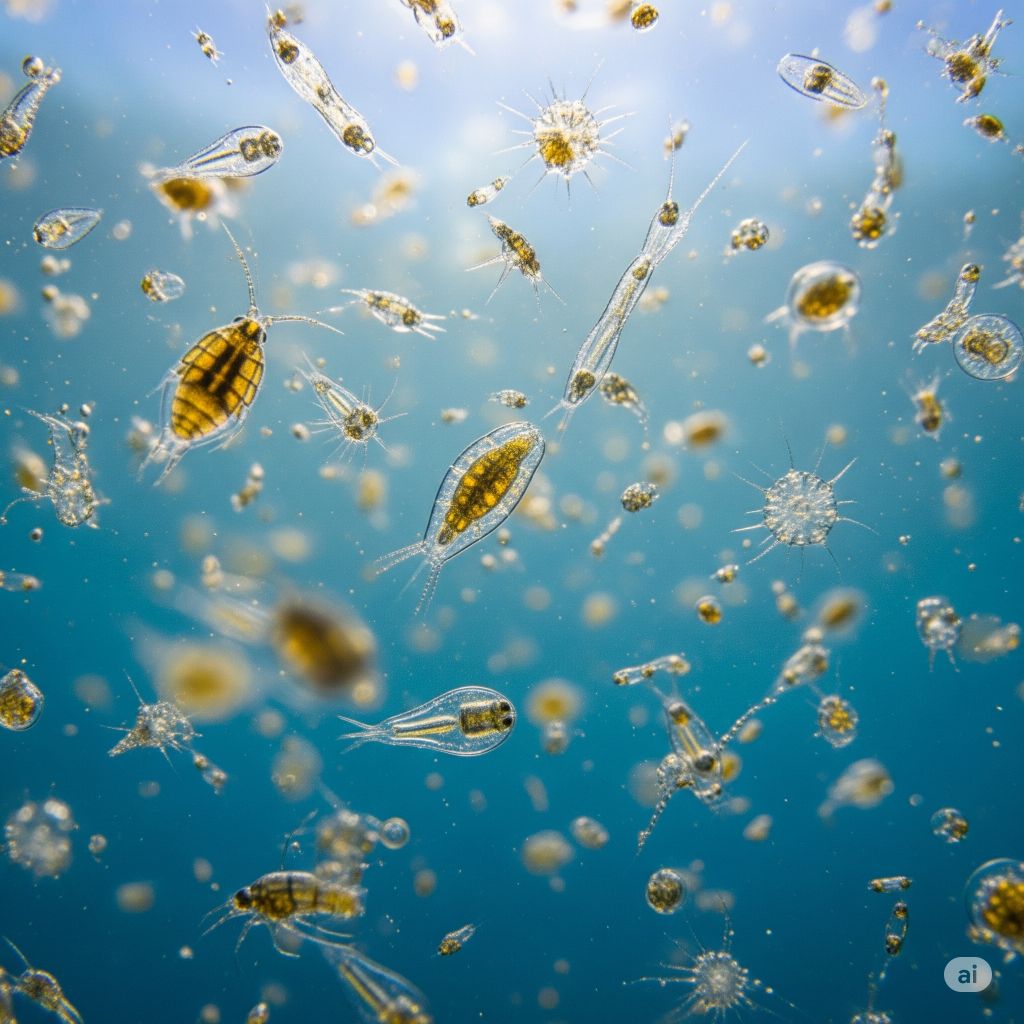
Plankton: Floating Wonders
Plankton, though tiny, are among the planet’s most abundant aquatic floaters:
- Body Design: Many plankton possess flattened or elongated bodies, expanding surface area and slowing descent.
- Projections and Spines: Extensions like bristles, spines, or filaments help distribute weight and reduce sinking rates.
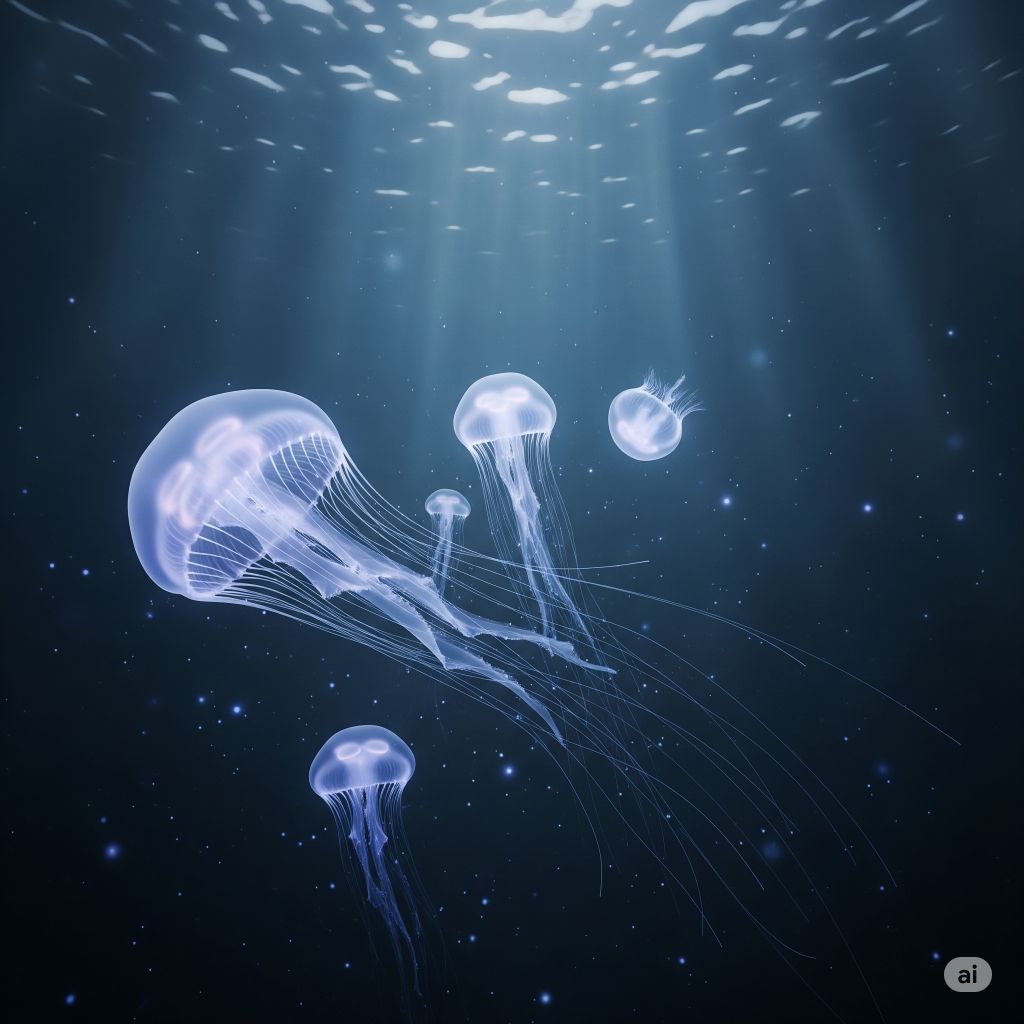
Jellyfish: Drifting on the Current
- Gelatinous Bodies: With over 95% of their bodies made up of water, jellyfish have a density almost identical to seawater.
- Bell Shape: This design helps them remain just buoyant enough to drift and pulse with the currents, requiring little energy for movement.
5. Floating Insects and Spiders
Insects and spiders use an entirely different mechanism for buoyancy—surface tension, a phenomenon where water molecules form a thin, elastic “skin” atop the liquid.
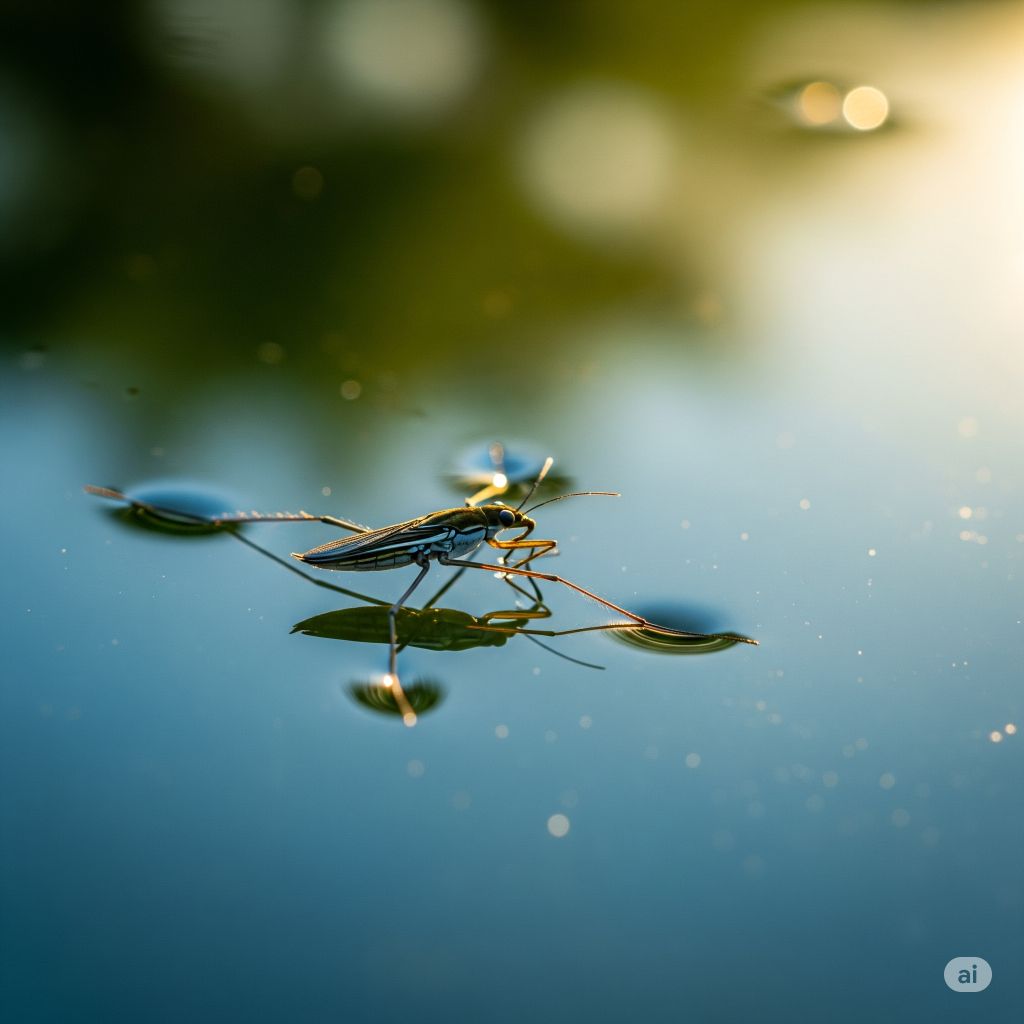
Water Striders: Surface Skaters
- Hydrophobic Legs: Water striders’ legs have micro-hairs coated with water-repellent wax, trapping air and resisting wetting.
- Light Bodies: Their weight is so low that surface tension alone supports them, allowing rapid “skating” across ponds and streams.
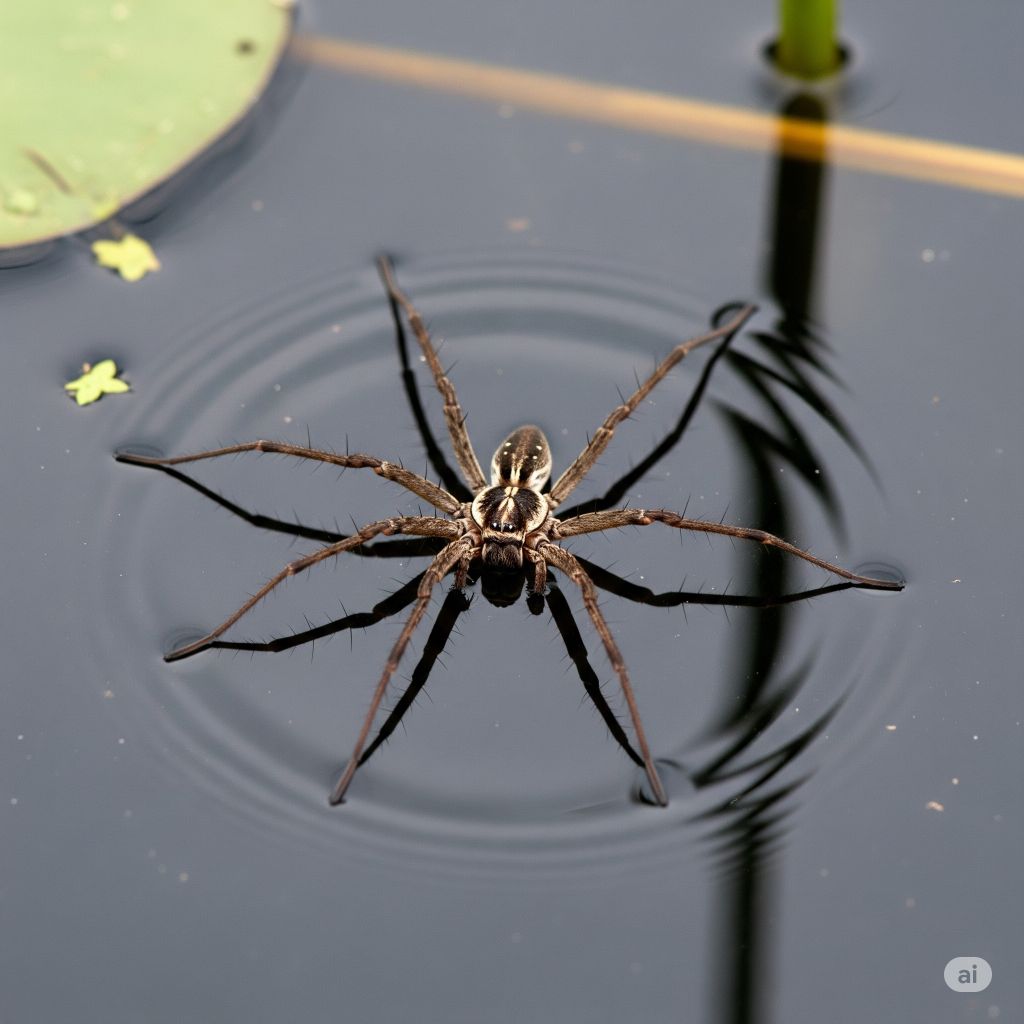
Fishing Spiders and Other Insect Floaters
- Hydrophobic Foot Pads: Spiders like fishing spiders can run, stand, or float on water thanks to water-repellent hairs on their tarsi.
- Ants: Some, like fire ants, form living rafts by linking together, trapping air, and distributing their collective weight.
- Temporary Floaters: Certain fleas, lice, and worm species can float briefly, using air bubbles or by exploiting surface tension to escape floods or disperse.
6. Lesser-Known Floaters
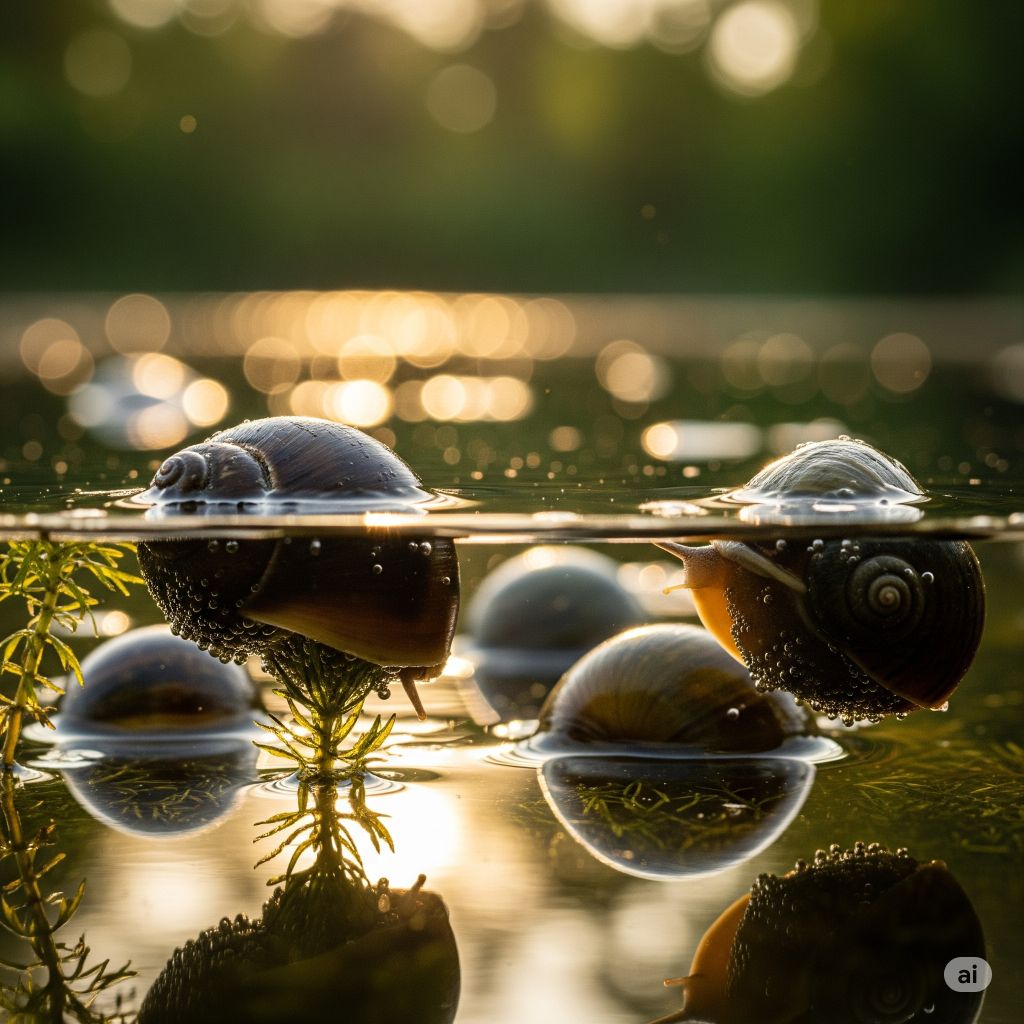
Water Snails
- Trapped Air: Aquatic snails can trap air under their shells or within their bodies to maintain buoyancy—sometimes even upside down just beneath the surface.
- Rippling Locomotion: By creating subtle ripples, they glide or remain stationary, using surface tension and water currents for transport.
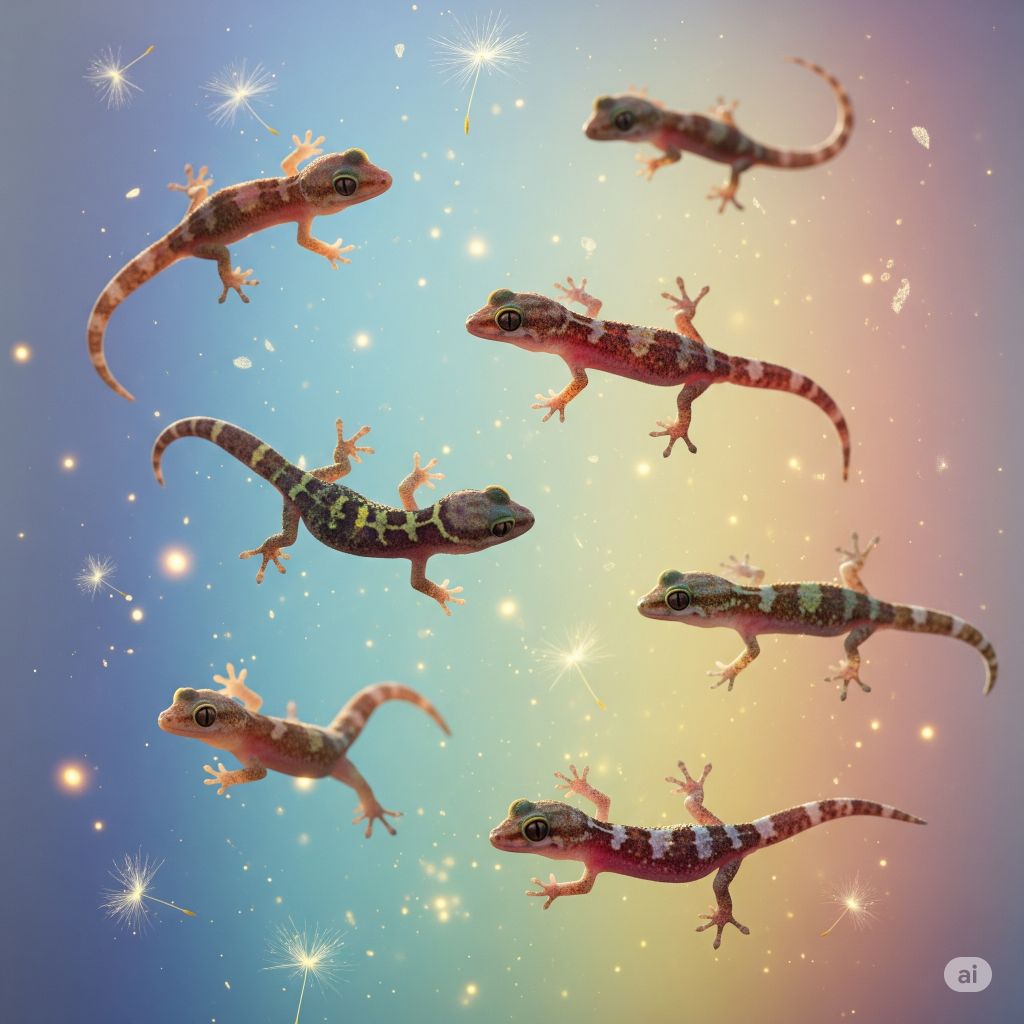
Bearded Dragons and Pygmy Geckos
Though mainly terrestrial, these lizards can float when necessary:
- Hydrophobic Skin: Some evolved a water-repellent skin texture that reduces wettability and increases buoyancy.
- Flattened Posture: By spreading their bodies wide, they maximize surface contact and make the most of surface tension, allowing them temporary flotation in flood-prone environments.
The Unified Science Behind Buoyancy
Despite the diversity of creatures described, several unifying principles govern buoyancy in the natural world:
- Waterproof Exteriors: From feathers to fur and scales, waterproofing is fundamental for limiting water absorption and maintaining air pockets.
- Air Trapping: Many animals trap air inside or around their bodies—be it via feathers, fur, shells, or lungs—to decrease overall density.
- Fat and Blubber: Fatty tissues are less dense than water, crucial for buoyancy and insulation, especially in mammals.
- Surface Area vs. Mass: Creatures that utilize surface tension maximize the ratio of surface area to body weight, preventing them from breaking through the delicate “skin” of the water.
- Adaptive Behaviors: Floating is not just anatomical—it is also behavioral. Animals change posture, group together, anchor with kelp, or redistribute internal air to optimize their floating abilities.
Adaptations for Life at the Water’s Surface
Air Trapping and Feathers
Bird Feathers trap air, enhancing flotation and keeping birds warm and dry. The oil produced by specialized glands maintains waterproofing.
Blubber and Fat
Marine mammals develop thick subcutaneous fat that not only provides buoyancy but also insulation, essential for life in cold waters.
Specialized Limbs and Bodies
- Webbed Feet: Ducks, swans, and many aquatic mammals have webbed feet, both aiding swimming and spreading weight to improve floating.
- Hydrophobic Skins: Insects and some reptiles have evolved water-repellent coatings, ensuring minimal wetting and quick escape from predators.
The Physics of Plankton
Plankton maximize their floating time with spiny or flattened shapes, sometimes secreting oil droplets that reduce density even more.
The Ecological Significance of Floating
Survival and Movement
Floating enables:
- Rest and Escape: Animals float to sleep (sea otters), evade predators (ducks, turtles), or migrate across vast distances (whales, seabirds).
- Feeding: Species like ducks and seagulls exploit surface food, while carnivores like crocodiles float stealthily before striking.
- Dispersal: Planktonic floating ensures wide dispersal, forming the base of aquatic food webs.
The Role of Surface Tension
Surface tension is vital for tiny animals. It not only keeps them afloat but also shapes entire ecosystems, allowing specialized predators (fishing spiders) or entire groups (water striders) to thrive.
Floating vs. Swimming: What’s the Difference?
While many animals can swim, not all float. True floaters remain at the surface with minimal energy expenditure, relying on physical and biological adaptations. Swimmers, on the other hand, remain submerged and must use muscular effort to avoid sinking.
Examples of Animals That Float
| Animal | How It Floats |
|---|---|
| Ducks, Swans | Waterproof feathers, air pockets |
| Seagulls, Terns | Air-filled bones/cavities, waterproof feathers |
| Dolphins, Whales | Blubber, streamlined bodies, lung volume |
| Sea Otters | Air-trapping fur, light bodies |
| Hippos | Fat deposits, lung capacity |
| Turtles | Air-filled lungs, buoyant shells |
| Water Striders | Hydrophobic legs, low body weight, surface tension |
| Plankton | Flattened forms, oil droplets, small size |
| Water Snails | Trapped air in shells |
| Fishing Spiders | Hydrophobic feet, lightweight |
Final Thoughts
Floating is one of nature’s simplest yet most elegant solutions for traversing water. Whether by harnessing the chemistry of surface tension, evolving lightweight bodies, or developing specialized anatomical structures, a remarkable diversity of animals has conquered the art of buoyancy. Floating not only enables rest, safety, and feeding but also shapes aquatic ecosystems from the tiniest plankton to the largest whale.
As you observe a duck bobbing on a pond, or watch swarms of insect skitter across the surface, remember: in nature, even the act of floating can be a feat of evolutionary ingenuity.
Citations:
https://sciencesnap.org/how-semi-aquatic-and-marin-animals-float-on-water-makes-things-buoyant
https://savethewater.org/some-animals-can-walk-on-water/

94% of pet owners say their animal pal makes them smile more than once a day. In 2007, I realized that I was made for saving Animals. My father is a Vet, and I think every pet deserves one. I started this blog, “InPetCare”, in 2019 with my father to enlighten a wider audience.
